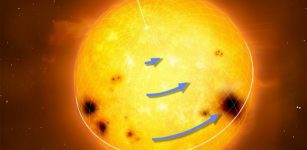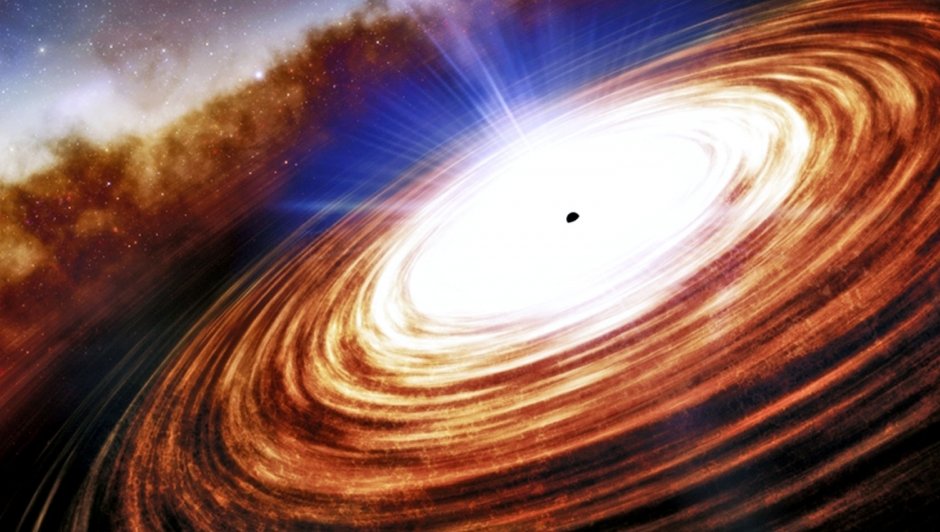
The study offers new insights into the wide range of planetary atmospheres in our galaxy and how planets are assembled.
“I’m really excited to finally see this wide group of planets together, as this is the first time we’ve had sufficient wavelength coverage to compare multiple features from one planet to another,” said lead author David Sing of the University of Exeter, UK.
“We found the planetary atmospheres to be much more diverse than we expected.”
Hubble has only explored a handful of hot Jupiters because they are lost in the glare of their host stars. These initial studies found several planets to hold less water than expected, raising a puzzle as to why they look “dry.”

The international team of astronomers has tackled the problem by making the largest-ever spectroscopic catalog of exoplanet atmospheres. They used multiple observations from Hubble to study the planets across an unprecedented range of wavelengths.
All of the planets follow orbits that have them pass in front of their parent star, as seen from Earth. During this so-called transit, some of the starlight travels through the planet’s outer atmosphere.
“The atmosphere leaves its unique fingerprint on the starlight, which we can study when the light reaches us,” explained coauthor Hannah Wakeford of NASA Goddard Space Flight Center. These fingerprints allowed the team to extract the signatures from various elements and molecules — including water — and distinguish between cloudy and cloud-free exoplanets.”
According to Fortney, the scorching temperatures on these hot Jupiters mean that their clouds are very different from those on Earth. Instead of water vapor, clouds on the hottest planets are likely to consist of liquid iron droplets.
“These are exotic clouds on exotic planets,” Fortney said.
Research is published in Nature.
MessageToEagle.com
source: University of California, Santa Cruz










